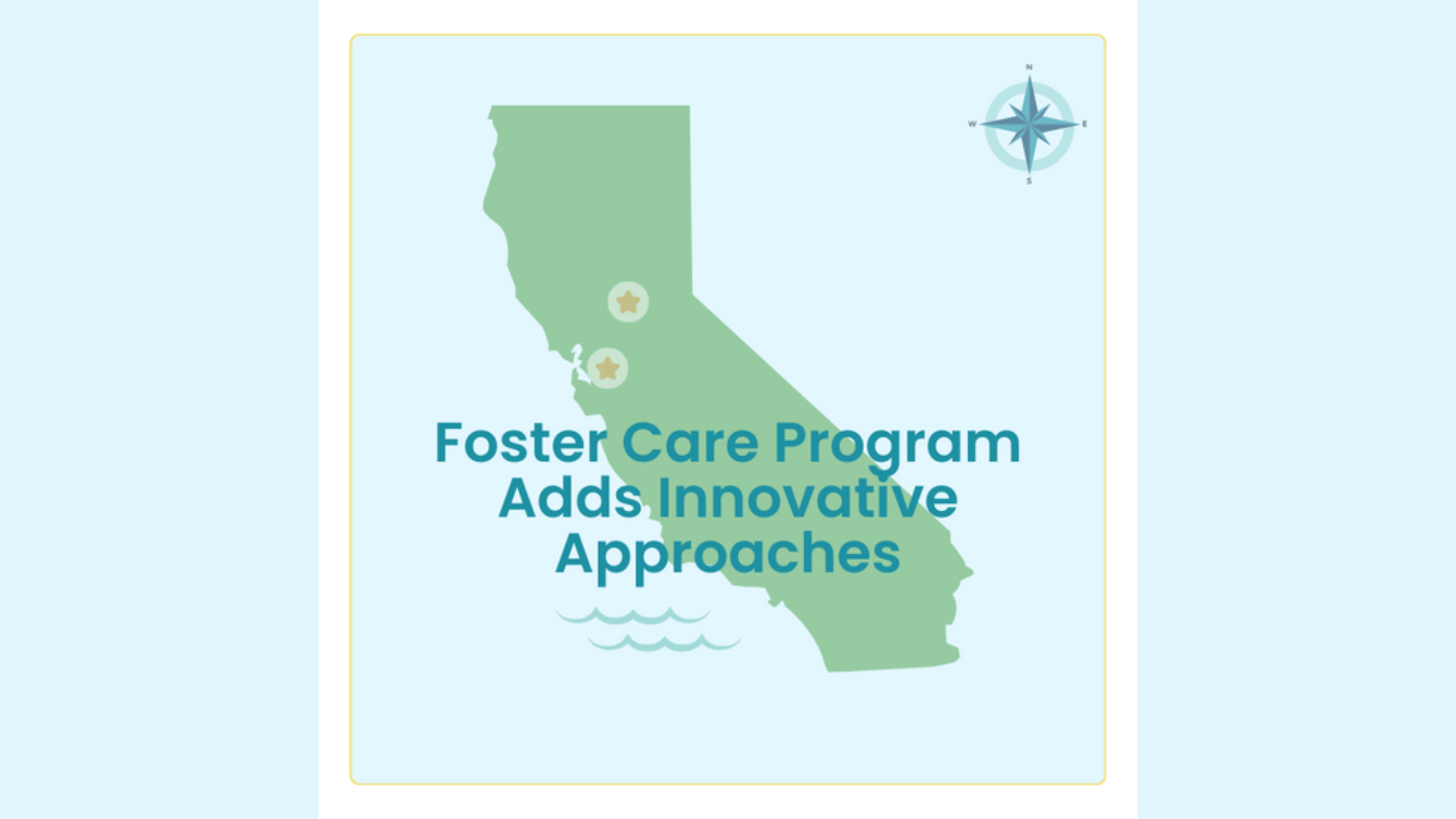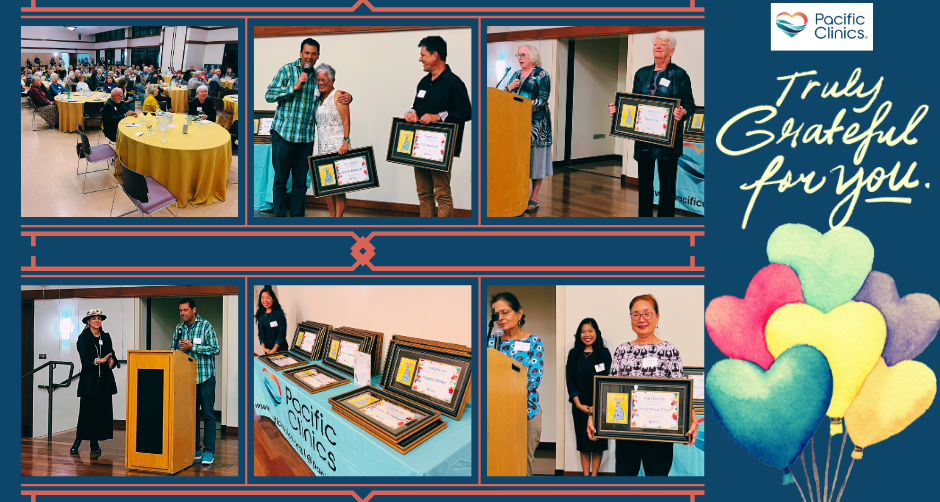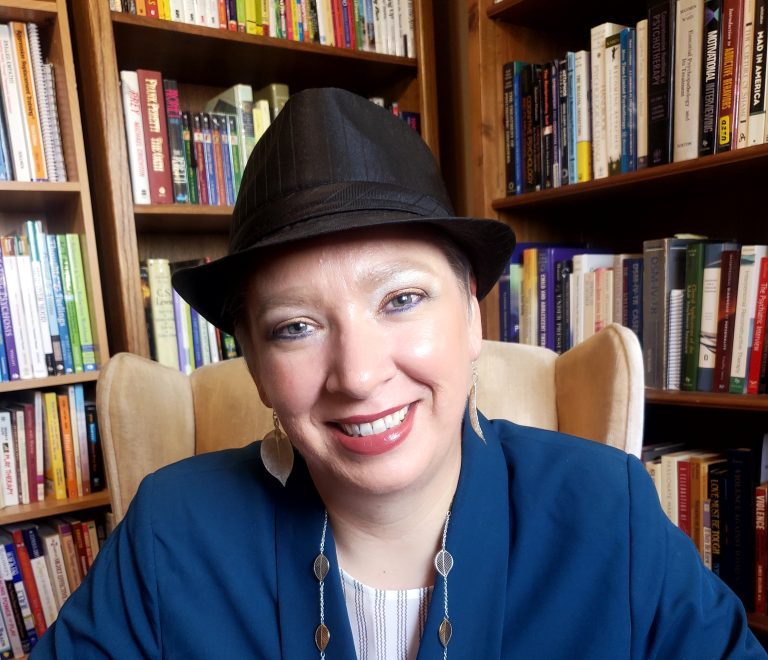The Foster Care and Adoptive Services (FCAS) departments in both the Capital and Bay Area Regions have recently added innovative enhancements to the Complex Care model of foster care, which launched in its original form in the Bay Area Region in 2020.
The new “layers” added to the model include the WisdomPath Way (WPW) Reparative Parenting Approach; Safe and Sound Protocol (SSP); corrective attachment experiences (experiences that help children discover their innate desire to connect and belong); and a neurological approach to treatment, including neurofeedback sessions provided by a private practitioner.
The enhancements were introduced just months ago to further increase the functionality of the program and to close the gap between foster care and mental health care further by shifting the emphasis from “shame and blame” of the child’s behavior to greater understanding from caregivers around the impact of trauma on brain development.
“What we were finding is that traditional therapies for our foster youth were less accessible and less impactful and we needed to find alternative, cutting-edge approaches that were evidence-based,” says Simon Purse, senior clinical director in the Bay Area Region.
“The program and enhancements are a radical approach to placement for children who haven’t had stability before,” says Margie Cueva, program manager in the Capital Region. It’s an incredibly innovative program with a truly trauma-informed approach.”
The WisdomPath Way Reparative Parenting Approach was developed by Dr. Kate Messina, a licensed clinician and professor who created the approach as an alternative to conventional parenting models and focuses on the child’s brain development and trauma. The Safe and Sound Protocol is a music-based intervention that mimics melodic human voices so the child can sense safety and learn how to self-soothe.
More About Complex Care
The Complex Care model at its core essentially contains three levels of care: Enhanced Emergency Shelter Care (EESC) services (shelter for youth up to 30 days); Enhanced Intensive Services Foster Care (E-ISFC) services (shelter for youth up to 12 months); and short-term respite care. The other main components include:
- High level of care provided
- Mechanisms to increase stabilization of youth
- Focused treatment for the youth
- Youth and family access to a clinical care team (clinician, peer specialist, family finding and engagement specialist, behavioral specialist, child psychiatrist and others)
- No child removal from the home, barring any major safety concerns
- A “family finding” service that helps locate biological relatives or non-related extended family members who can be a part of the child’s life in any capacity for support and connection
- Extra training for parents on the impact of trauma
- Crisis de-escalation, engagement and intervention
- Flexible support, intervention and respite for the parents
“In the Santa Clara County system, we were seeing so many young people being placed in group home care, but the outcomes for these youth were dismal,” says Simon. “We have seen youth in foster care thrive in a family home with a consistent caregiver, so adding Complex Care was a natural extension of our foster care services, to provide extra training and support to foster parents and give those youth the same opportunities to flourish.”








